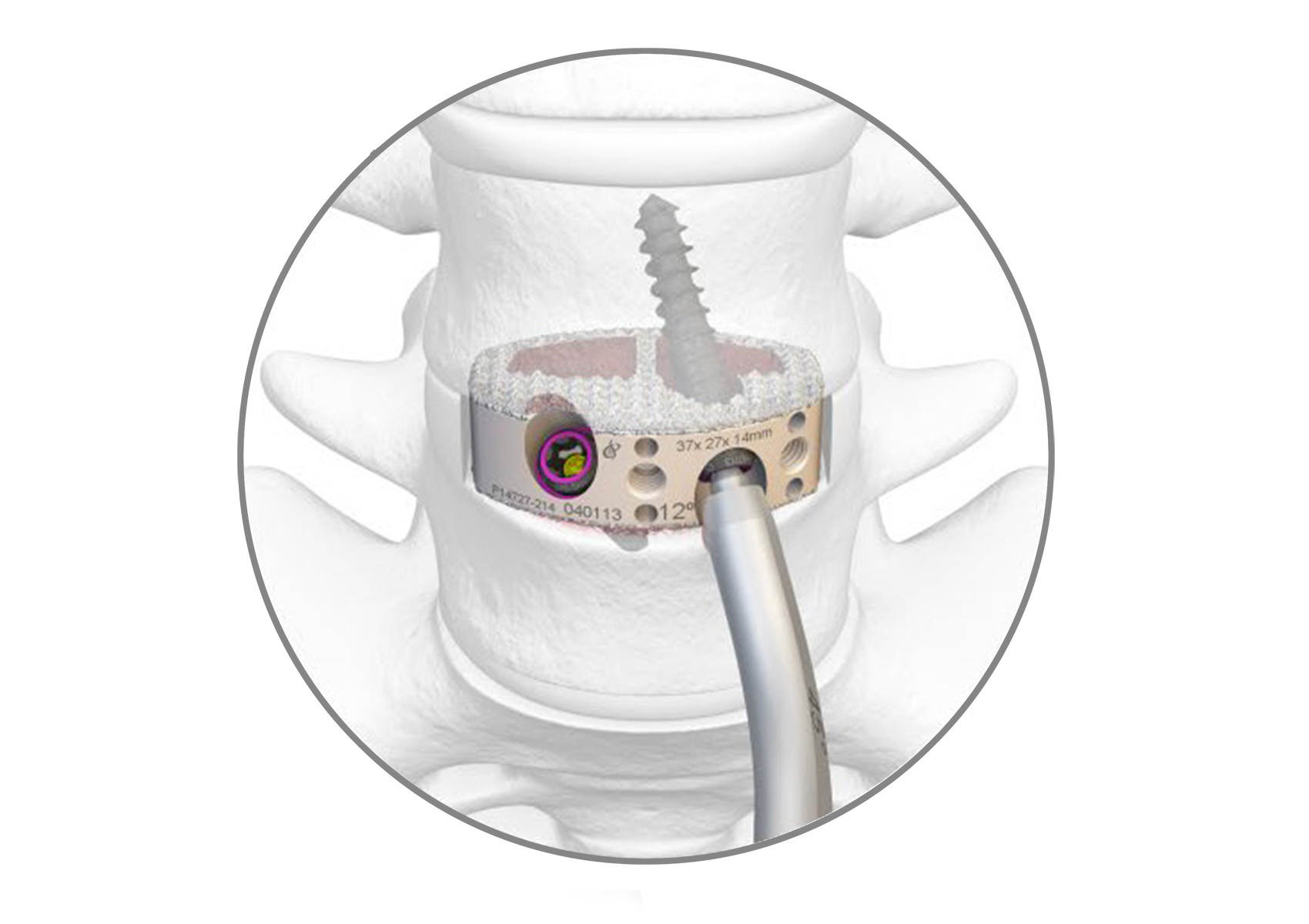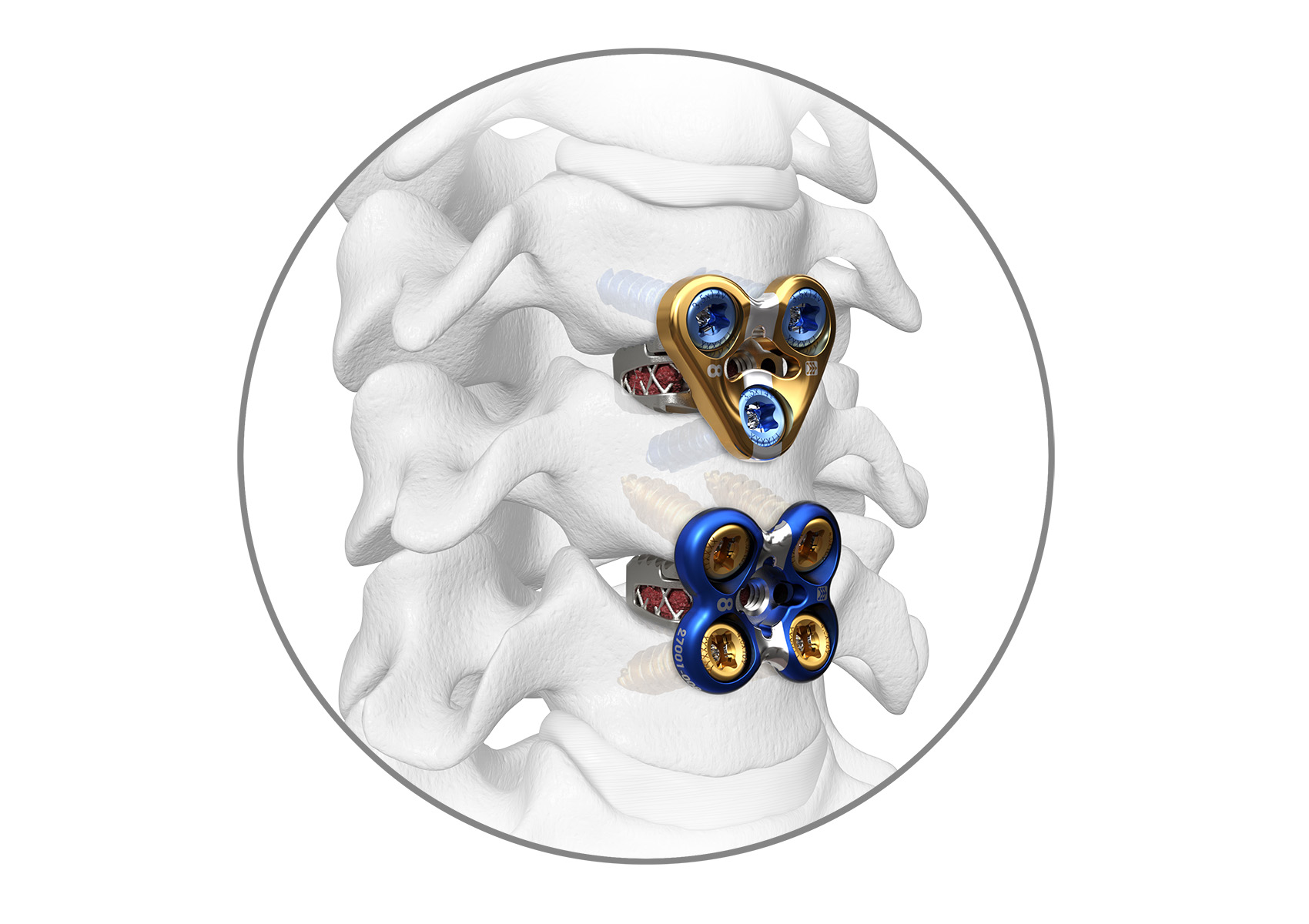Spinal Treatments
Spinal conditions and their associated pain and symptoms may be initially treated with conservative, often non-surgical treatments, as long as, the symptoms improve or resolve altogether, and the spinal condition doesn’t get worse. These conservative treatments include rest with limited activity, ice or heat, physical therapy, chiropractic treatments, epidural injections for pain management and/or medication among others.
If conservative, non-surgical care doesn’t relieve the pain or other symptoms within six months or so, your doctor or spine specialist my recommend a surgical treatment. Here are some of the more common surgical treatments may be recommended.
Transforaminal Lumbar Interbody Fusion (TLIF) or Posterior Lumbar Interbody Fusion (PLIF)
Posterior or transforaminal lumbar interbody fusion surgery is performed from the back of the lumbar or lower spine. This surgery removes the diseased or injured disc and replaces it with an interbody device that restores the disc height relieving pressure on the nerve and promotes fusion between the vertebrae above and below the interbody device. To secure the new interbody device in place, assist with achieving fusion and/or to stabilize the spine, screws and rods may be fixated to the vertebrae above and below the treated disc.

Metal-Free Fixation
Karma® posterior spine fixation system provides a treatment option for patients as an adjunct to fusion. Karma also provides surgeons with a metal-free, tissue-sparing spinal fixation that leverages the densest bone of the posterior elements to stabilize the spine.

Anterior Lumbar Interbody Fusion (ALIF)
An anterior lumbar interbody fusion surgery is performed through an incision in the front of the abdomen or stomach to gain access to the spine. This surgery removes the diseased or injured disc and replaces it with an interbody device that restores the disc height relieving pressure on the nerve and promotes fusion between the vertebrae above and below the interbody device. To secure the new interbody device in place and assist with achieving fusion, screws or a plate may be fixated to the vertebrae above and below the treated disc.

Anterior Cervical Discectomy and Fusion (ACDF)
An anterior cervical discectomy and fusion surgery is performed from the front of the neck through a horizontal incision. This surgery removes the diseased or injured disc and replaces it with an interbody device that restores the disc height relieving pressure on the nerve and promotes fusion between the vertebrae above and below the interbody device. To secure the new device in place and assist with fusion, screws or a plate may be fixated to the vertebrae above and below the treated disc.

Tomorrow’s Spine Surgery Solutions Start Here
Sign up to learn more about our innovative spine surgery solutions that are changing the way surgeons approach spine surgery to improve patient lives through excellent clinical outcomes.